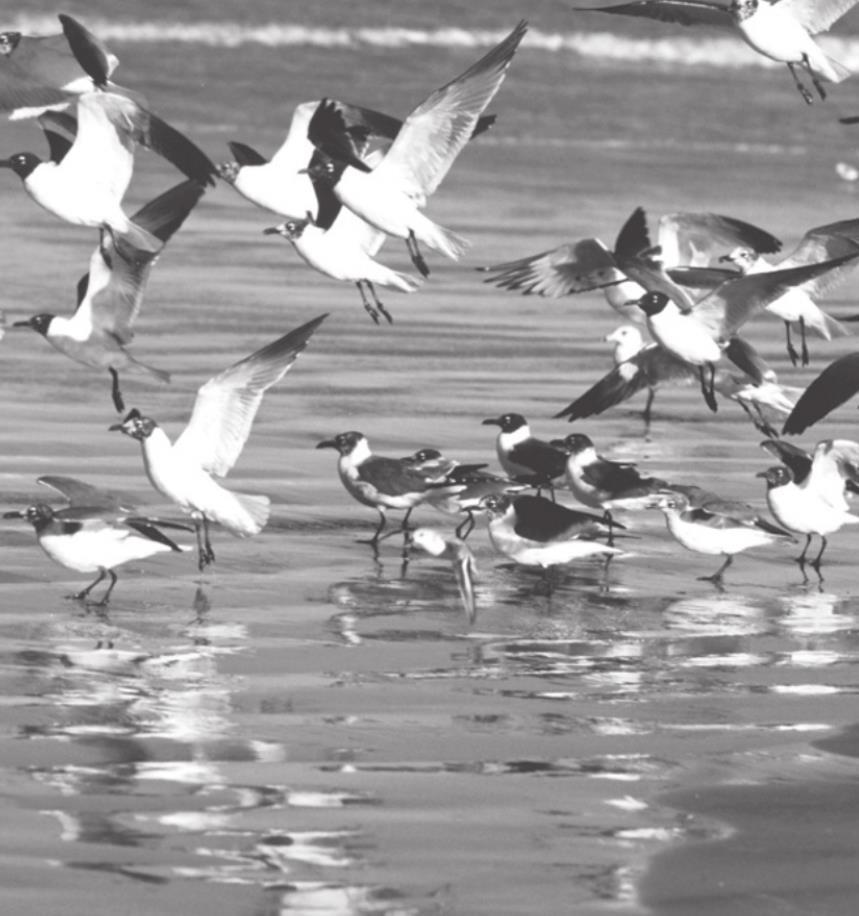
Sometimes birds require ideal conditions in order to multiply their flock. Photo by Metro Graphics

Exploring Nature: Numerous Birds
Sometimes it is feast or famine for birds, either conditions are ideal and they multiply mightily, or conditions are dire and their numbers plummet.
Consider the passenger pigeon. They once darkened the sky with their numbers and literally broke limbs when too many birds settled on one tree. Hunters killed these birds in an epic slaughter until they were finally extinct.
Today, the most numerous bird in the world is the red-billed quela, a midsized brown bird that lives in the savanna regions of Africa. Quelas occur in flocks of several million at roost sites and descend on grasslands like feathered locusts.
Unfortunately, because they feed on farmers’ cereal crops, they have unleashed major control efforts and some 180 million are killed each year in South Africa alone.
All that saves this bird is its rapid reproduction rate and just enough suitable habitat to get by on. Despite the killings, they have an estimated population of some ten billion birds. That’s billion with a “b.”
I once visited Chobe National Park in Africa and saw numerous interesting birds, including secretary birds and ostriches. But I never saw a quela. With ten billion around, you’d think one might have shown up. Too bad.
I think it would be terrific to see several million of any kind of bird at one time.











